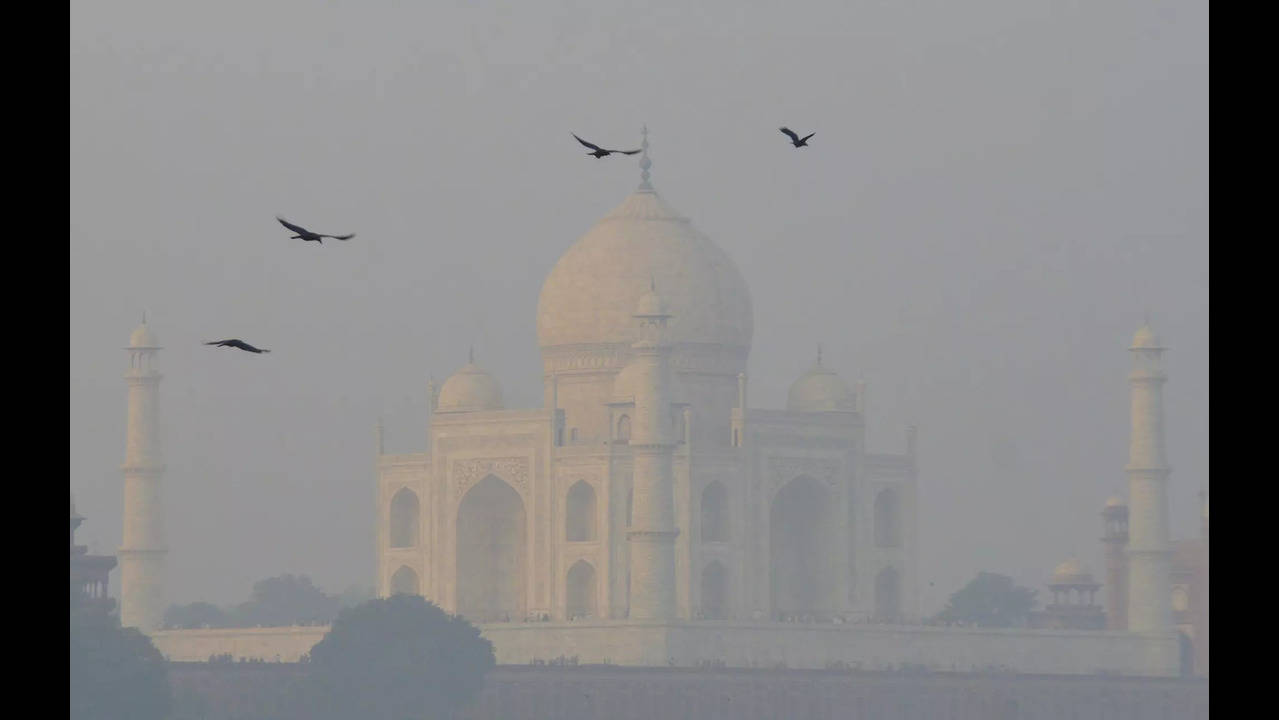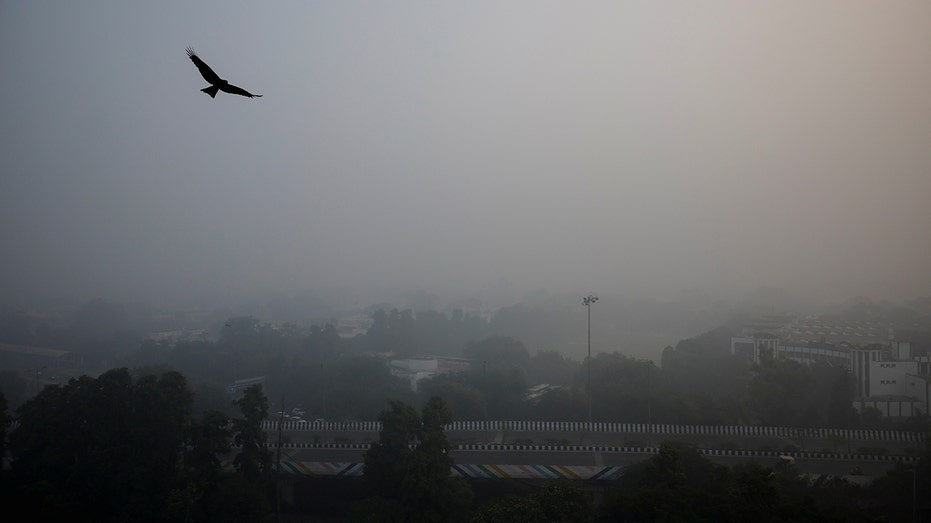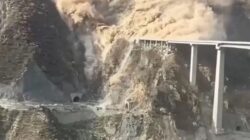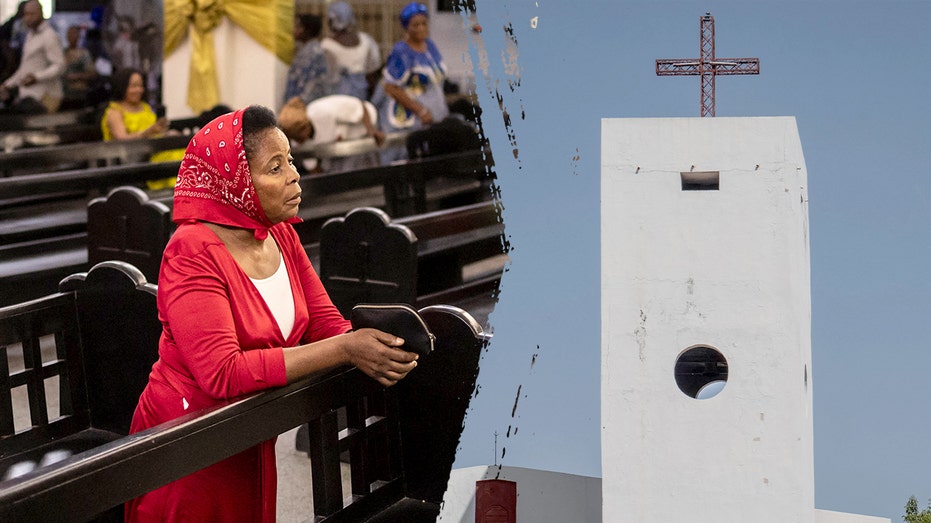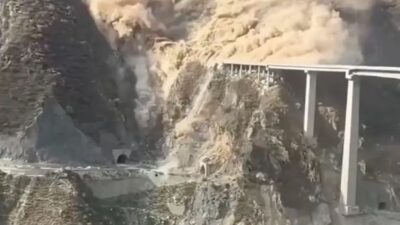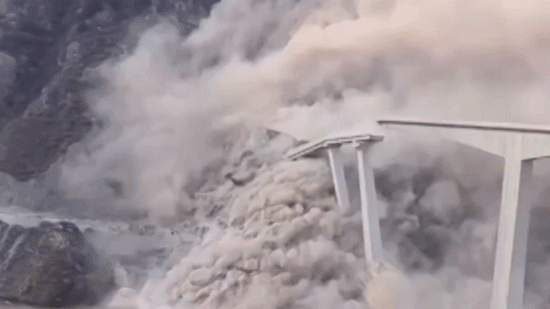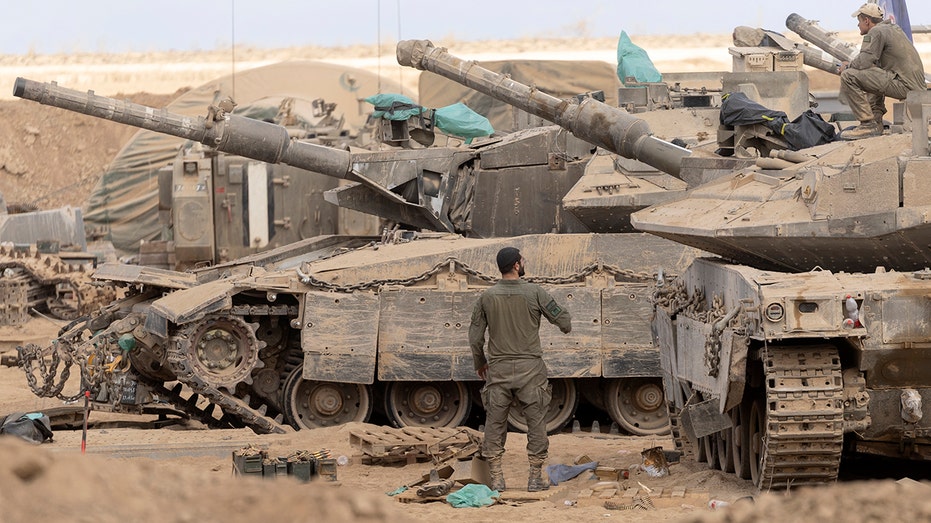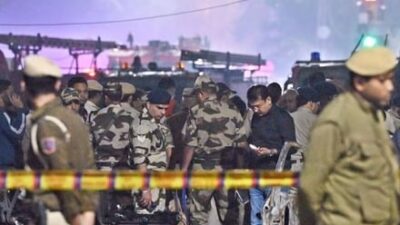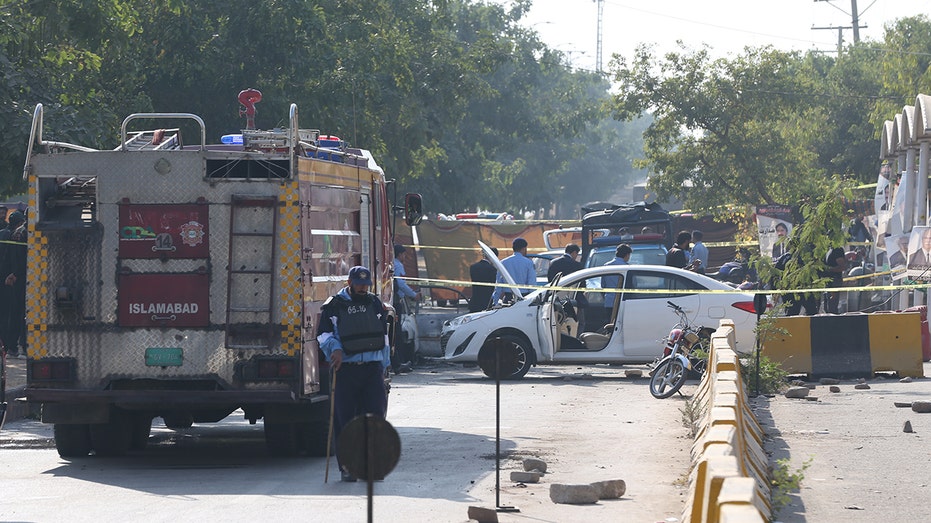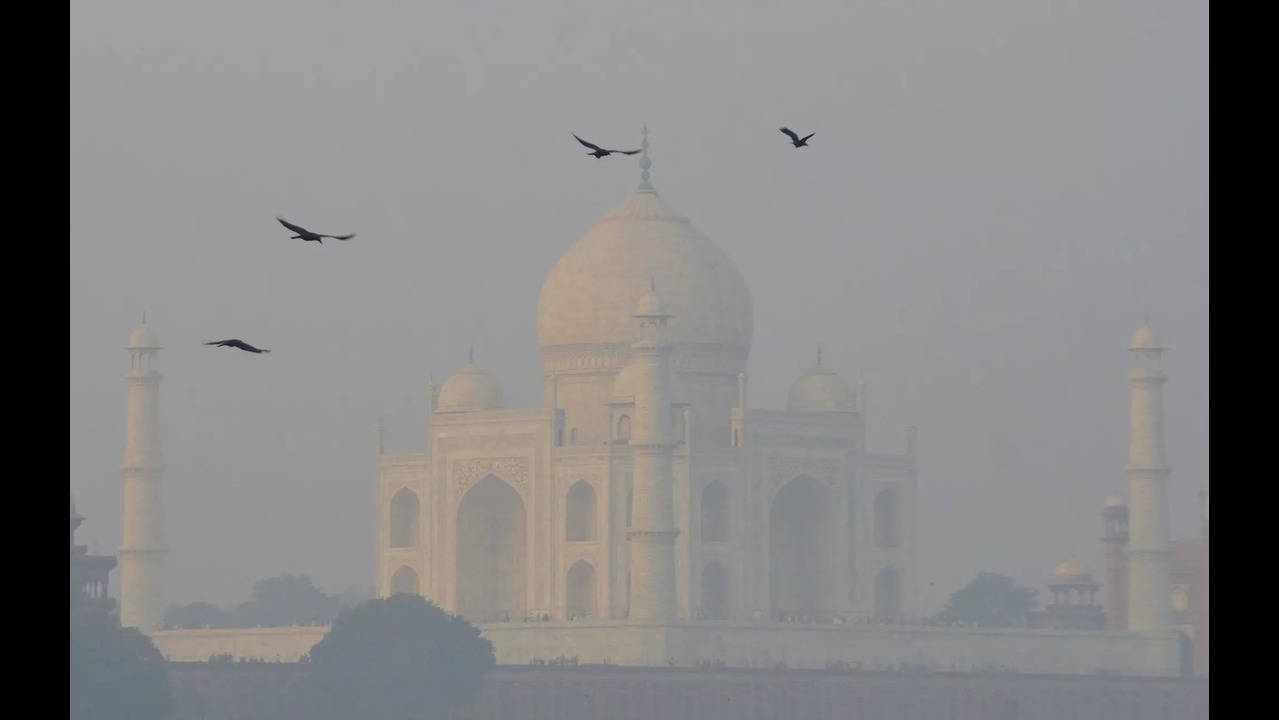
New Delhi’s Air Quality Crisis: Government Takes Immediate Action
As pollution levels surge, urgent measures are introduced to protect citizens’ health and vital landmarks.
Immediate Restrictions on Non-Essential Construction Activities
The Indian government has enacted immediate restrictions on non-essential construction activities in New Delhi, recognized as the world’s most polluted capital. This decisive move aims to combat the escalating air quality crisis that has already disrupted flights and reduced visibility, even obscuring the iconic Taj Mahal.
New Measures to Tackle Pollution
Starting Friday morning, several new measures will be put into effect to curtail airborne dust and particulate matter. Key actions involve spraying roads with a water-dust suppressant mixture and deploying mechanized street sweepers throughout the city. As part of these initiatives, primary schools in the region have shifted to online classes to further protect children from hazardous air pollution.
Government Appeals for Sustainable Practices
The government has appealed to residents to utilize public transportation and abstain from burning coal and wood for heating purposes. While the duration of these restrictions remains unspecified, officials hope these actions will provide relief from the ongoing public health and environmental crisis.
Dramatic Deterioration of Air Quality
In recent days, northern India has witnessed a sharp deterioration in air quality. Toxic smog has enveloped notable landmarks, including the Taj Mahal, which sits about 220 kilometers (approximately 136 miles) from the capital, as well as Amritsar’s Golden Temple, the holiest shrine in Sikhism. According to live rankings by the Swiss air quality group IQAir, New Delhi’s Air Quality Index (AQI) soared to a staggering level of 424, marking it as the most polluted capital city in the world.
Seasonal Pollution Challenges
New Delhi routinely grapples with heavy smog during the winter months, a situation exacerbated by several factors, including smoke from illegal agricultural fires, vehicle emissions, and industrial dust that gets trapped by the cold air. This year, approximately 38% of the city’s pollution is attributed to stubble burning—a prevalent farming practice in neighboring states like Punjab and Haryana, where leftover rice field plant matter is incinerated to clear land.
Impact on Air Travel
The pollution has also significantly affected air travel. According to the tracking website Flightradar24, by Thursday afternoon, 88% of outgoing flights and 54% of incoming flights experienced delays due to poor visibility caused by smog. Given the lethal combination of high pollution levels, humidity, low winds, and dropping temperatures, visibility at New Delhi’s international airport plummeted to just 300 meters (approximately 980 feet), leading to the diversion of flights earlier in the week when conditions worsened to near-zero visibility.
Health Crisis Amidst Pollution
With the alarming increase in pollution, local hospitals are experiencing a surge in patients, particularly children suffering from respiratory problems aggravated by the deteriorating air quality. Dr. Sahab Ram, a pediatrician from Punjab’s Fazilka region, remarked, “There has been a sudden increase in children with allergies, coughs, colds, and acute asthma attacks,” highlighting the urgent need for action.
Predictions for Air Quality Levels
The Ministry of Earth Sciences has issued a warning that New Delhi’s air pollution levels are likely to remain in the “severe” category on Friday, with the possibility of slightly improving to “very poor” levels, where AQI scores could range between 300 and 400. In a concerning trend, farmers in northern India have ramped up stubble burning activities, with nearly 2,300 recorded fires reported on Wednesday alone, compared to about 1,200 fires two days prior.
Regional Comparisons and Issues
Across the border in Pakistan, Lahore—capital of the eastern province of Punjab—was ranked as the world’s most polluted city on Thursday by IQAir. Like its Indian neighbor, Pakistan has faced significant challenges regarding dangerously high levels of air pollution throughout the month, emphasizing the need for collaborative efforts to address this regional environmental crisis.

